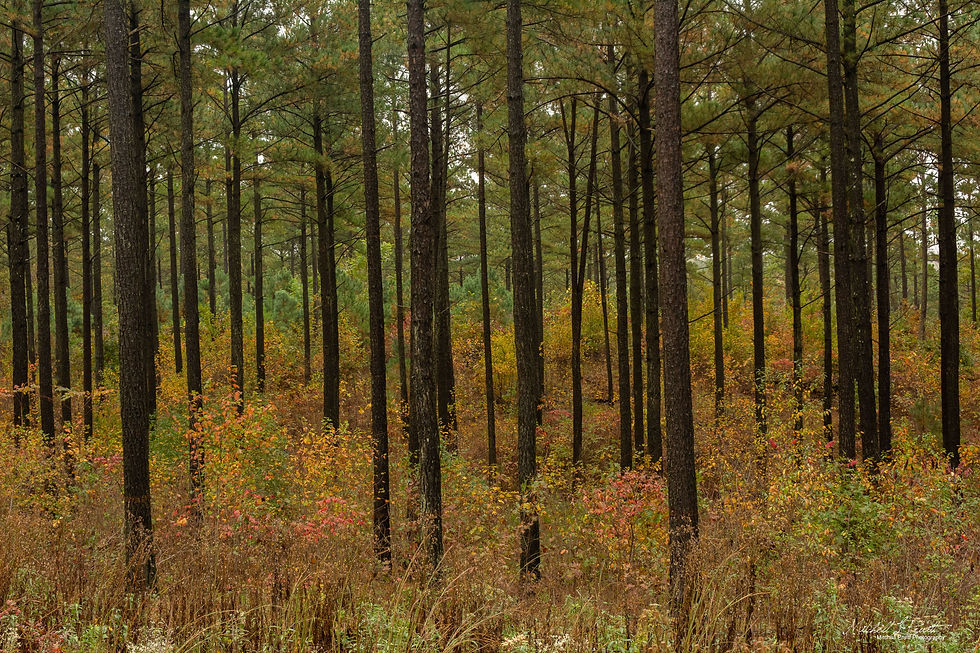Research: First Owls and Listening to the Ozarks
- mitchellpruitt
- Oct 31, 2020
- 2 min read
Two weeks of soggy fall cold fronts have finally made way for drier weather! While some birds migrate during wet cold fronts (ie. waterfowl), as far as we understand, owls do not. Initial capture attempts over the last few weeks almost all ended early in mist or warm south winds. That was not the case last night, however. In a feat that I’ve rarely seen, the first saw-whet owl of the season was captured during the night’s inaugural net check! This first owl was an unhappy hatch-year female and I have the scars to prove it.

Just a few hours later, a second saw-whet owl hit the nets; another hatch-year individual, this one of unknown sex. Blood samples were collected, so hopefully it’s sex isn’t unknown forever. I never tire of these amazing creatures. They excite me just as much as the first one did, way back in 2014!

While wet weather has prevented banding field work these past few weeks, it hasn’t stalled overall productivity. Last weekend, acoustic recording units arrived from a colleague in Alaska after a quick and expensive journey. Last week, rainy as it was, I managed to deploy all 22 units. They will be at their current sites for two weeks, listening to what the forest has to say about saw-whet owls. From now through February, the units will be moved around among 66 total sites across 5 two-week periods.

As I mentioned in a previous post, these sites target upland pine forest across the southwestern Ozark Highlands. As the owl flies, sites span nearly 80 rugged miles from east-to-west, and 50 miles north-to-south. I hope this will paint a beautiful picture of what saw-whet owl occupancy looks like in the region during fall and winter. Units switched on for the first time Thursday night, so maybe they’ve already detected an owl!
Though wet and cold, it was a beautiful week to be in the field during the day for a change, particularly in the deep Ozark National Forest. Some of the upland pine sites, managed with fire, are reminiscent of what our healthy pine savannahs may have once looked like. Interspersed deciduous forest was ablaze with color.

I have to say it again because I am so grateful. Thank you to all who have donated to this research. I would not have been able to pull off this field season without your generous contributions!
Night-time work will continue through this week. The weather looks spectacular, so I have high hopes of more owls to come. Stay tuned and Happy Owl-o-ween!



Comments